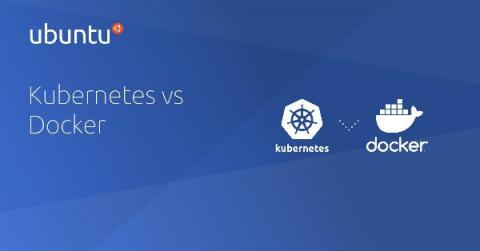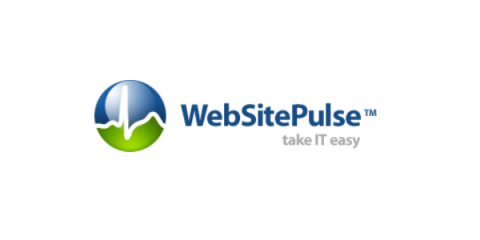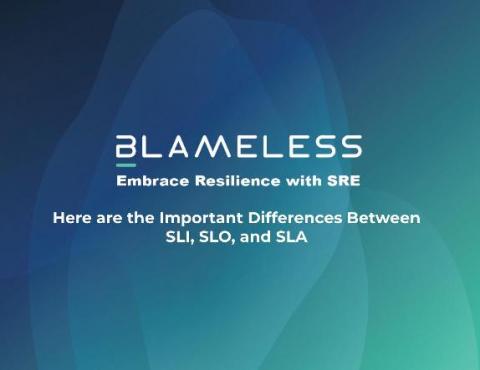Prescription for Safe Reopening: Pivot Fast, Listen Closely, Adapt Along the Way
As colleges and universities work through their plans for a safe reopening this fall, they’re realizing that one of the most profound impacts of the COVID-19 pandemic has been the system shock it delivered to the planning process. Post-secondary institutions have always had to be masters of innovation.










